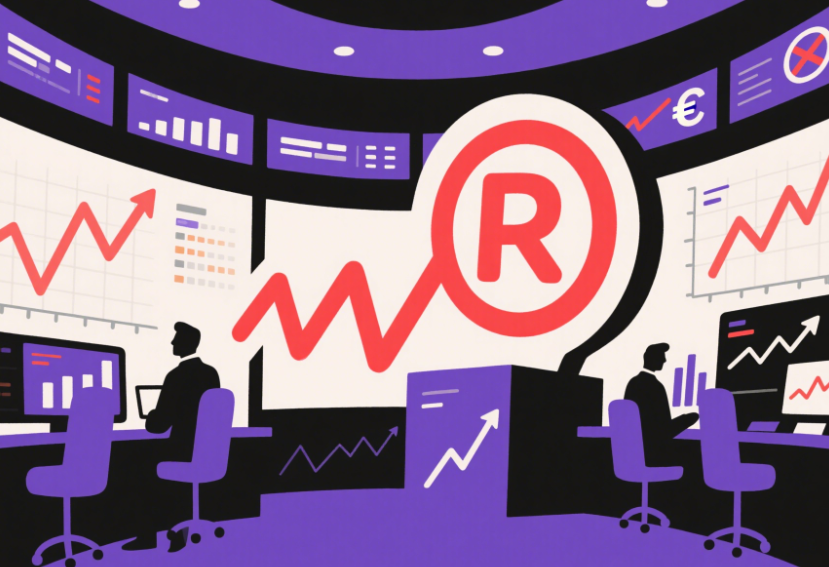 400-076-6558智领未来,外贸超级营销员
400-076-6558智领未来,外贸超级营销员
 400-076-6558智领未来,外贸超级营销员
400-076-6558智领未来,外贸超级营销员

For small businesses venturing into global trade, identifying the right target market is more than a strategic choice — it’s a critical survival factor. Economic indicators such as GDP growth rate, inflation, currency stability, and trade policies form the foundation of informed decision-making. Ignoring these can lead to costly mistakes, as seen in the case of a small apparel company that failed to account for high inflation in its target country. Their pricing strategy was undercut by rapidly rising costs, leading to unsold inventory and financial strain.
The core logic is simple yet powerful: economic conditions determine whether consumers can afford your products, whether there is actual demand, and ultimately, if your business can generate profit. Small enterprises should avoid chasing markets based solely on GDP size. Instead, focus on a combination of per capita consumption power and industry compatibility, prioritizing stable economies with inflation rates under 5% and low currency volatility.
| Indicator | Data Source | Actionable Insight |
|---|---|---|
| GDP Growth Rate | World Bank Economic Indicators | Target countries with average annual growth above 3% over last three years for stronger demand potential. |
| Inflation Rate | National Statistical Agencies (e.g., U.S. BLS, Eurostat) | Prefer markets with inflation below 3% to maintain predictable purchasing power. |
| Currency Exchange Volatility | XE.com + Historical Currency Data | Avoid markets where exchange rates fluctuate more than 5%, or apply hedging in pricing models. |
Understanding consumer income distribution is key. OECD databases allow you to segment potential markets by disposable income levels, enabling matching product tiers accordingly. For example, mid to high-end industrial goods often align best with countries having per capita GDP exceeding USD 20,000. Likewise, analyzing consumer expenditure patterns prevents missteps — like a small home appliance exporter targeting a Southeast Asian market with high food consumption but low demand for electronics imports.
Trade policies are the “hidden doors” of market entry. Investigate tariffs through the WTO tariff database and non-tariff barriers such as strict certification requirements (e.g., CE mark in the EU) to avoid unexpected hurdles.

| Market Grade | Characteristics | Example | Recommended Action |
|---|---|---|---|
| Primary Market | Robust GDP growth, matching buying power, favorable trade policy | Vietnam (6%+ growth, expanding middle class, RCEP tarif优惠) | Enter with confidence, allocate marketing and supply efforts |
| Secondary Market | Growth potential but some risk (e.g., currency volatility) | Philippines (moderate growth, fluctuating peso) | Monitor closely, maintain readiness to scale up or cut losses |
| Risk Market | High external debt, widening current account deficit | Country X (Debt to GDP > 60%) | Avoid market entry to prevent financial exposure |
Markets evolve constantly. Successful global sourcing requires quarterly review of key indicators—GDP, inflation, exchange rates—and readiness to adapt. For instance, if a target country’s currency depreciates over 10%, activating strategies like local sourcing or currency hedging can reduce cost pressures.
Simultaneously tracking 2-3 alternative markets ensures supply chain resilience. Setting economic trigger thresholds — e.g., unemployment dipping below 5% to prioritize market entry — helps make timing decisions more systematic and less reactive.

Interpreting economic data is not about getting lost in numbers. It’s about decoding where money flows in target markets to identify viable opportunities. Combine your product’s nature — necessity goods often weather inflation better; durable goods thrive in wealthier countries — with the outlined tools and insights to continuously refine your global procurement choices.
Ready to Master Your Global Sourcing Strategy?
Access our exclusive platform to instantly analyze real-time economic data and target market profiles tailored for small businesses. Sign up now and transform uncertainty into confident global expansion.
Explore Market Intelligence Tools →
.png?x-oss-process=image/resize,h_100,m_lfit/format,webp)
.png?x-oss-process=image/resize,h_100,m_lfit/format,webp)

.png?x-oss-process=image/resize,h_100,m_lfit/format,webp)
.png?x-oss-process=image/resize,h_100,m_lfit/format,webp)
.png?x-oss-process=image/resize,h_100,m_lfit/format,webp)
.png?x-oss-process=image/resize,h_100,m_lfit/format,webp)
